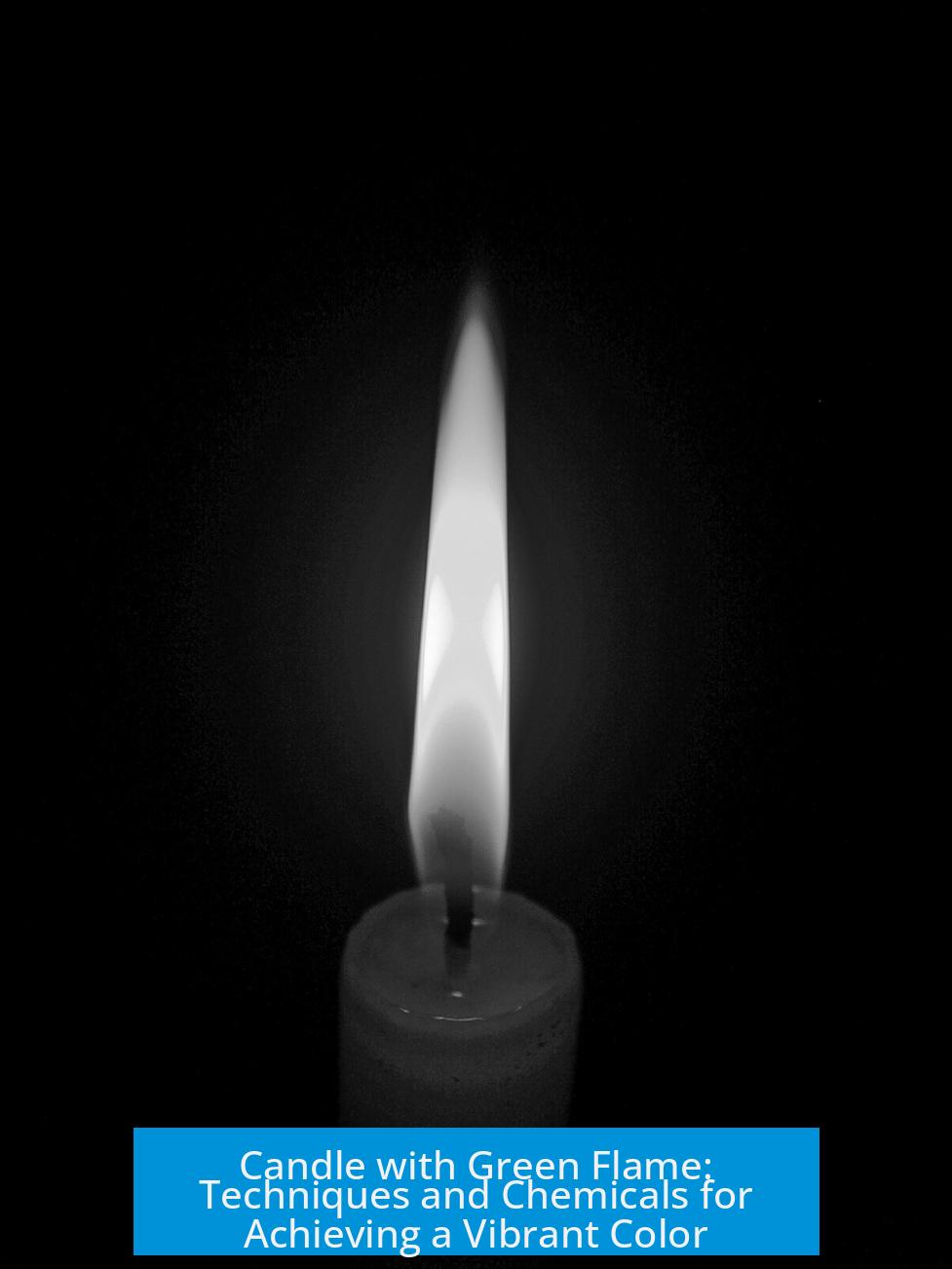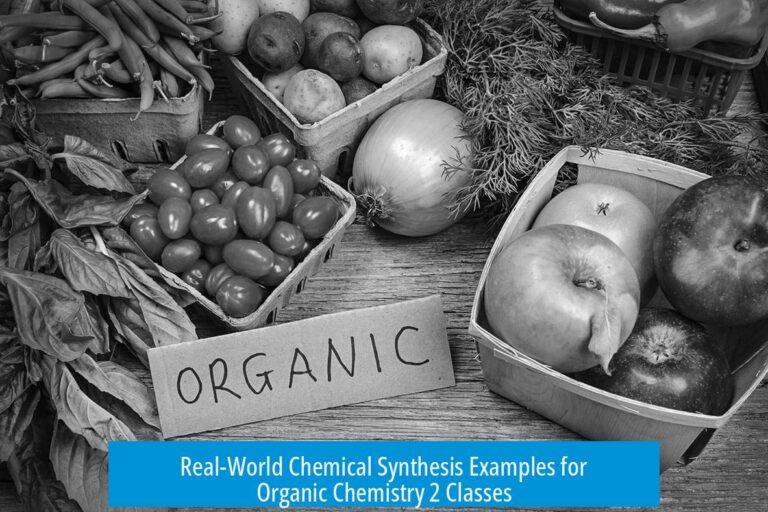Candle with Green Flame: Achieving Vibrant Green Color
To produce a green flame in candles, halide salts such as copper chloride are most effective because of their volatility and flame color quality. Practical methods include soaking the wick in copper nitrate solution, embedding copper wire in the wick, or coating the wick with copper compounds. Despite these methods, the natural orange glow from burning candle wax frequently overshadows the green flame, making a stable green flame difficult to sustain.
Chemicals for Green Flames
Halide salts, especially chlorides, offer better flame coloration due to their higher volatility compared to other salts. Copper chloride is preferred over copper sulfate for producing green flames because of this volatility. Copper-based compounds such as copper nitrate can also work well if the wick soaks in a saturated aqueous solution, then is dried to retain the copper ions.
Boric acid and borax are additional agents that create green flames, commonly used in flame tests combined with methanol. However, these are more experimental and less practical for everyday candles.
Application Techniques
- Soaking the Wick: Immersing the wick in a copper nitrate solution then drying it allows copper ions to burn in the flame, producing a green tint.
- Embedding Copper Wire: Incorporating a small copper wire within the wick delivers a consistent source of copper to the flame.
- Coating the Wick: Applying copper chloride or other copper salts directly onto the wick before pouring wax concentrates the coloring agent where flame combustion occurs.
Challenges in Producing Green Flames
A major hurdle is the orange light emitted by the candle’s burning wax and soot. This orange background commonly overwhelms the green emission from copper ions.
Some copper salts contain water of crystallization, which can cause sputtering and uneven flame performance. Using anhydrous copper salts may help, but optimal formulations are not well established.
Colored flames require precise conditions and suitable chemicals, which limits the availability and quality of green candles. Achieving a vivid, stable green flame remains a technical challenge.
Summary of Key Points
- Halide salts, especially copper chloride, provide the best green flame colors.
- Soaking the wick or embedding copper wire are practical ways to introduce copper for the green flame.
- Orange glow from wax often masks green flame visibility.
- Water in copper salts can disrupt flame stability; anhydrous salts are preferable.
- Producing vibrant green flames in wax candles remains challenging.





Leave a Comment